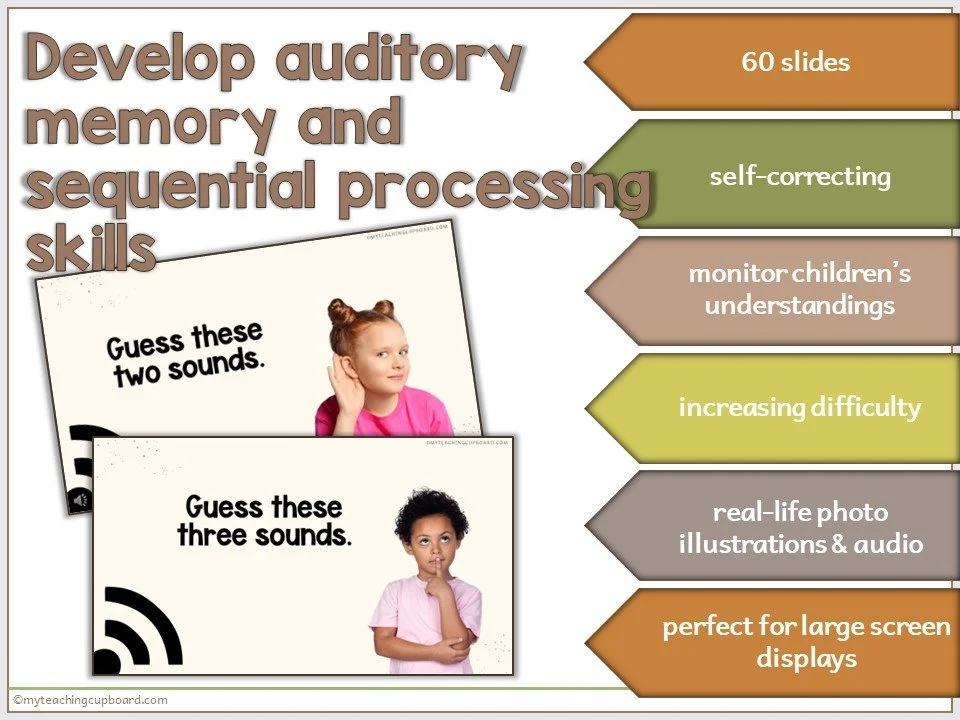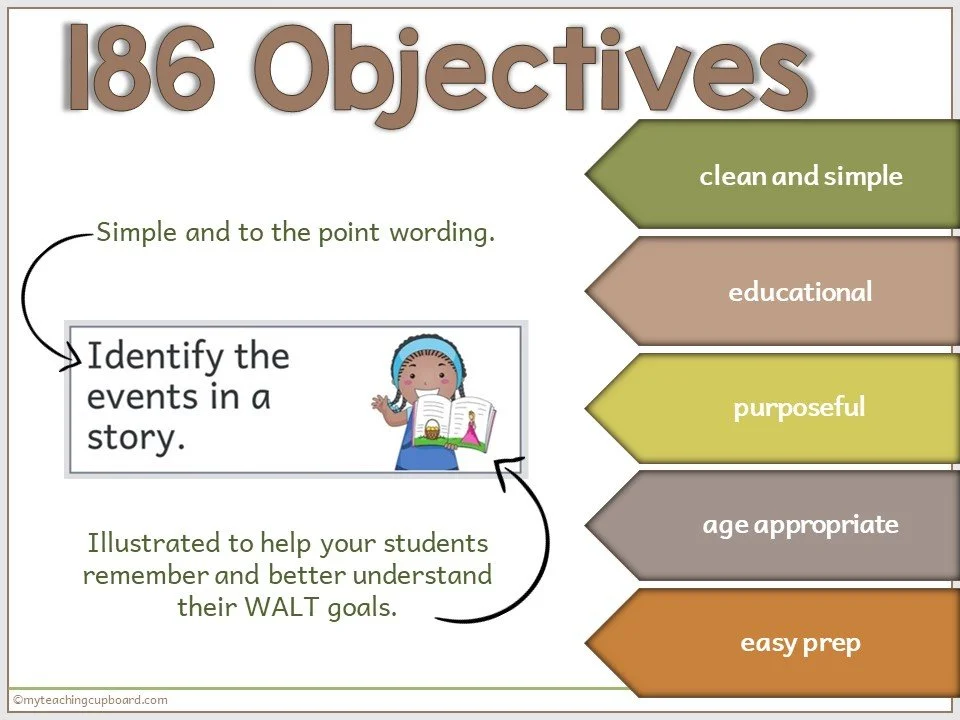Guess the Animal Sound PowerPoint Game

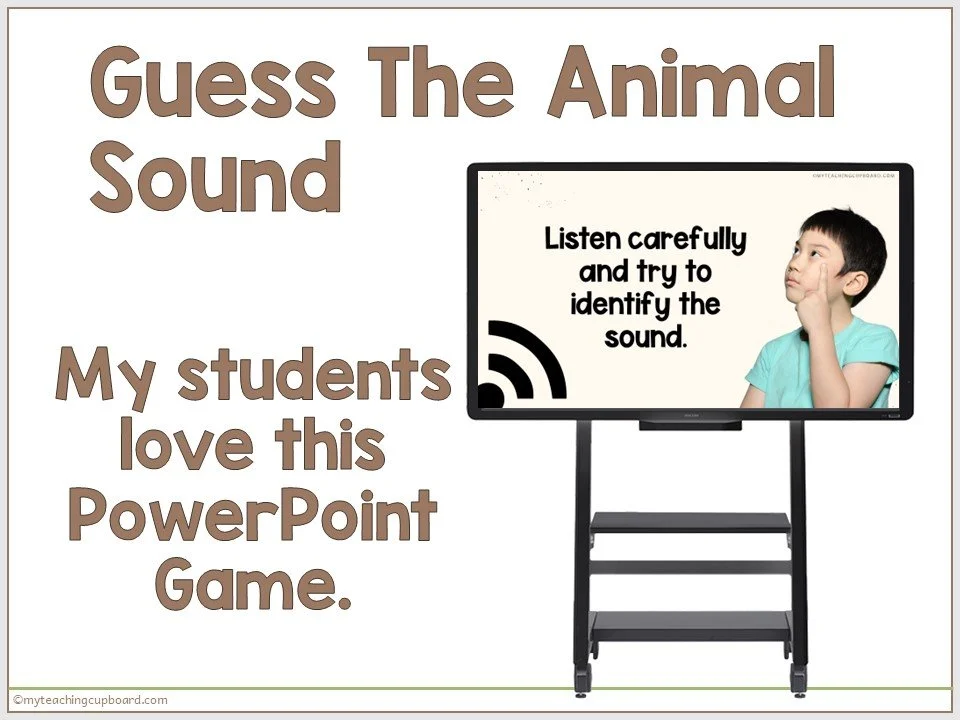

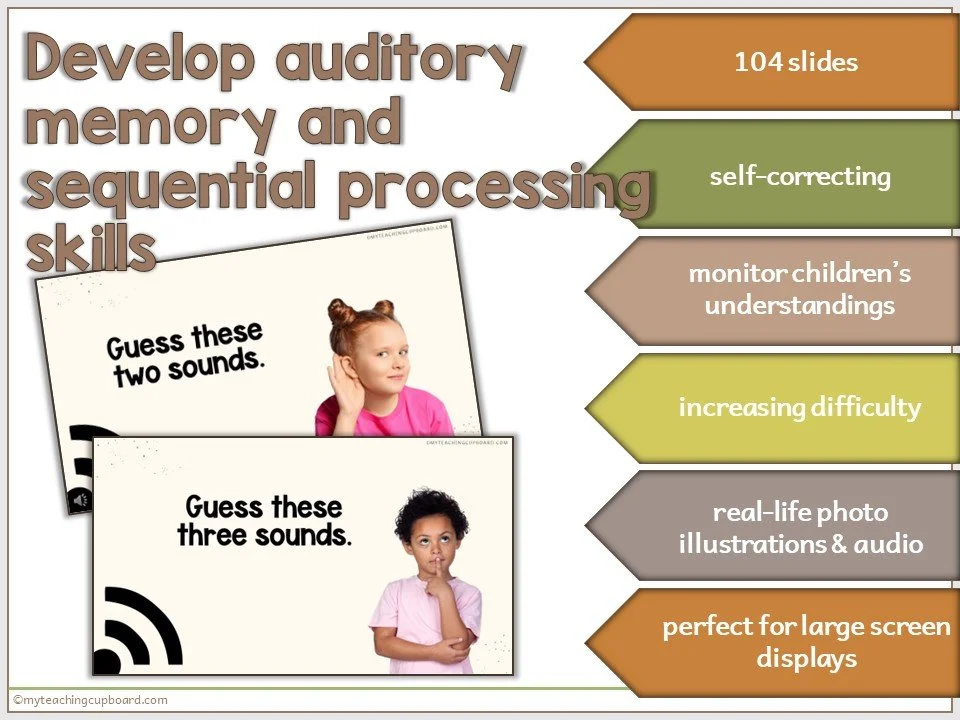


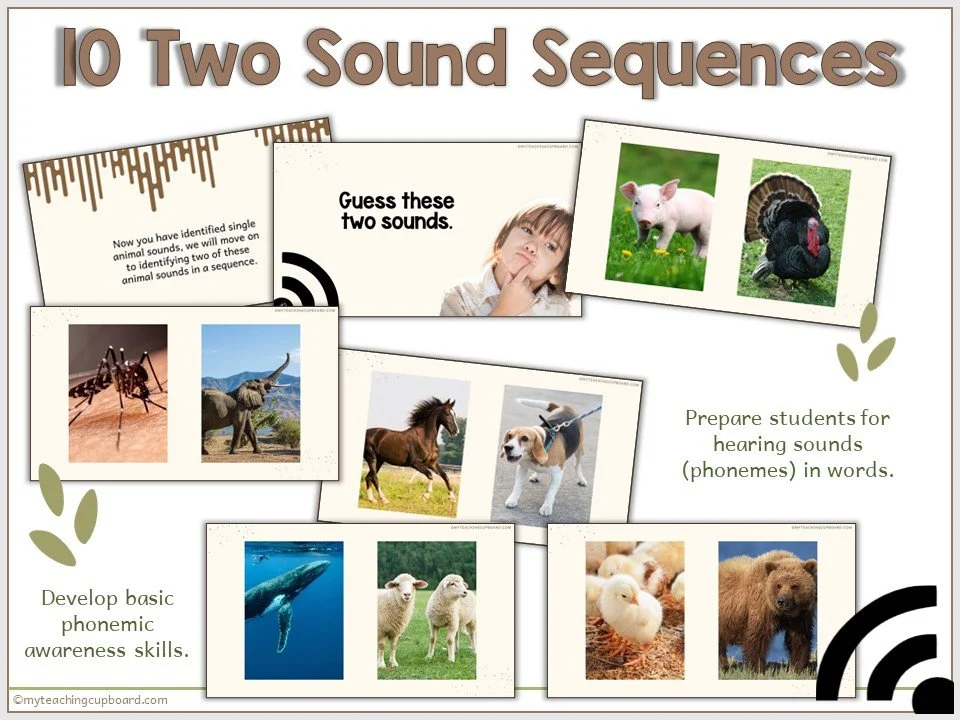

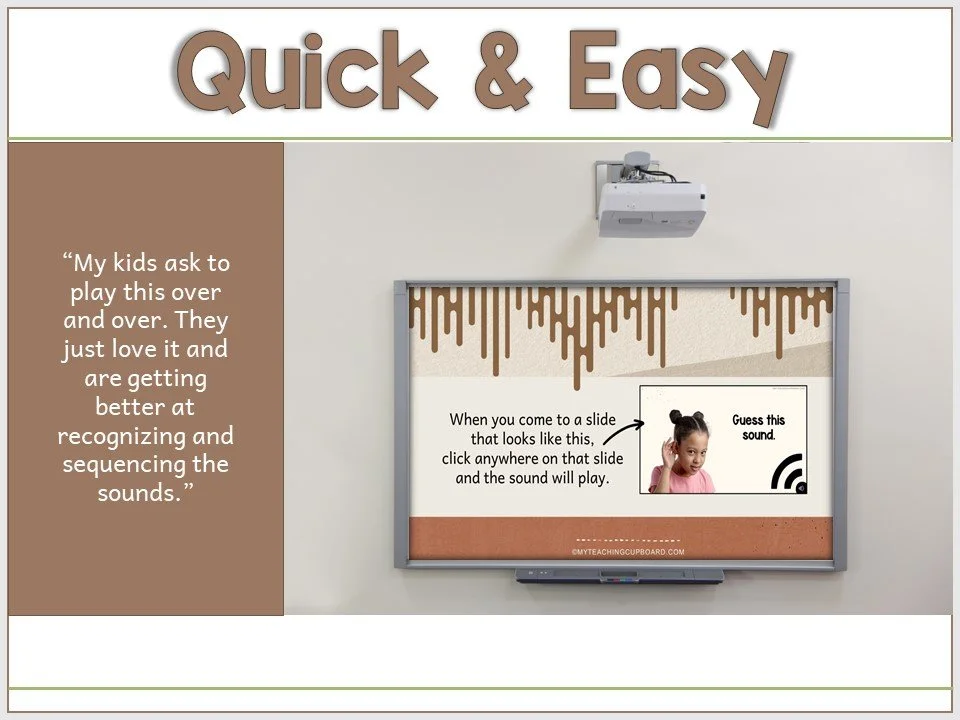
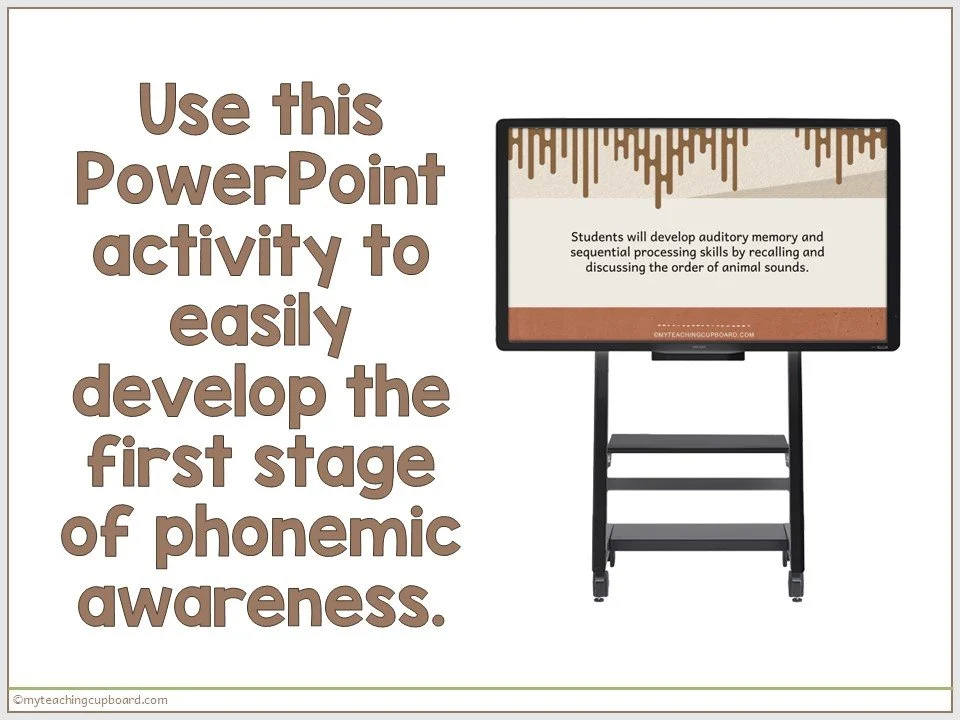
Guess the Animal Sound PowerPoint Game
Guess the Animal Sound is a fun PowerPoint game designed to teach auditory discrimination and basic phonemic awareness skills. This engaging listening activity gets students ready to for hear sounds (phonemes) in words. It can also be used in Science when you are learning about living things and animals.
Please Note: This is a PowerPoint presentation and you will need to view it in PowerPoint. The audio files will not work in Google Slides.
3 Levels of Sound Discrimination Included
Identifying 26 single animal sounds
Identifying and sequencing 2 familiar animal sounds in a sequence
Identifying and sequencing 3 familiar animal sounds in a sequence
This is a quick and easy no-prep game to develop auditory memory and sequential processing skills.
It will sequentially teach your students how to identify, recall and discuss the order of sounds.
Use This Resource Over and Over
This PowerPoint activity isn’t just for teaching phonemic awareness.
It is a great morning meeting activity and can also be used in your Science Living Things Unit when you want to deepen students’ understanding of animals and the sounds they make.
But best of all – this activity promotes active listening and teaches students to listen attentively.
I love it when I can use a resource multiple times throughout the year!
What You Get in This PowerPoint Game
A 104 slide lesson activity
with 26 animal sounds embedded as audio files
10 slides for students to identify and recall 2 animal sounds in a sequence
another 10 slides for students to identify and recall 3 animal sounds in a sequence
PLUS teaching slides with instructions to guide students through the process of identifying, recalling and sequencing familiar animal sounds.
For best results, play the PowerPoint in Presentation mode.
It contains audio files so you will need speakers.
If you are like every other early childhood educator and want your students to pay attention and actively listen, sound discrimination activities like this one can help.
When your students participate in sound discrimination activities, they learn about sounds AND the art of listening.
Teaching Phonemic Awareness?
Don't download this resource if your students have great phonemic awareness skills and can segment and blend sounds (phonemes).
If your students need to develop their basic phonemic awareness skills and you want to go right back to the beginning - this resource is a good fit. Using listening games should be your first step because sound discrimination is the foundation of phonemic awareness.
Through consistent practice in sound or auditory discrimination, students become more capable of recognising and analysing the sounds they hear so if you want to help your children hear the sounds in words, you need to be teaching auditory discrimination.
Auditory or sound discrimination will help your students identify phonemes within words.
At first, students begin by recognising and distinguishing between familiar and unfamiliar sounds, like the animal sounds contained in this PowerPoint activity.
After mastering environmental and animal sound discrimination, children can progress to the next stage where they learn that spoken language consists of individual words.
Then, you can move on to learning about the phonemes in words.
💚 Unfortunately, many educators dive into sound isolation, blending, segmenting phonemes, and introducing corresponding letters (graphemes) before their students are developmentally ready. Please don't overlook the importance of the initial stages of phonemic awareness - sound discrimination and attention-building are worth teaching.


